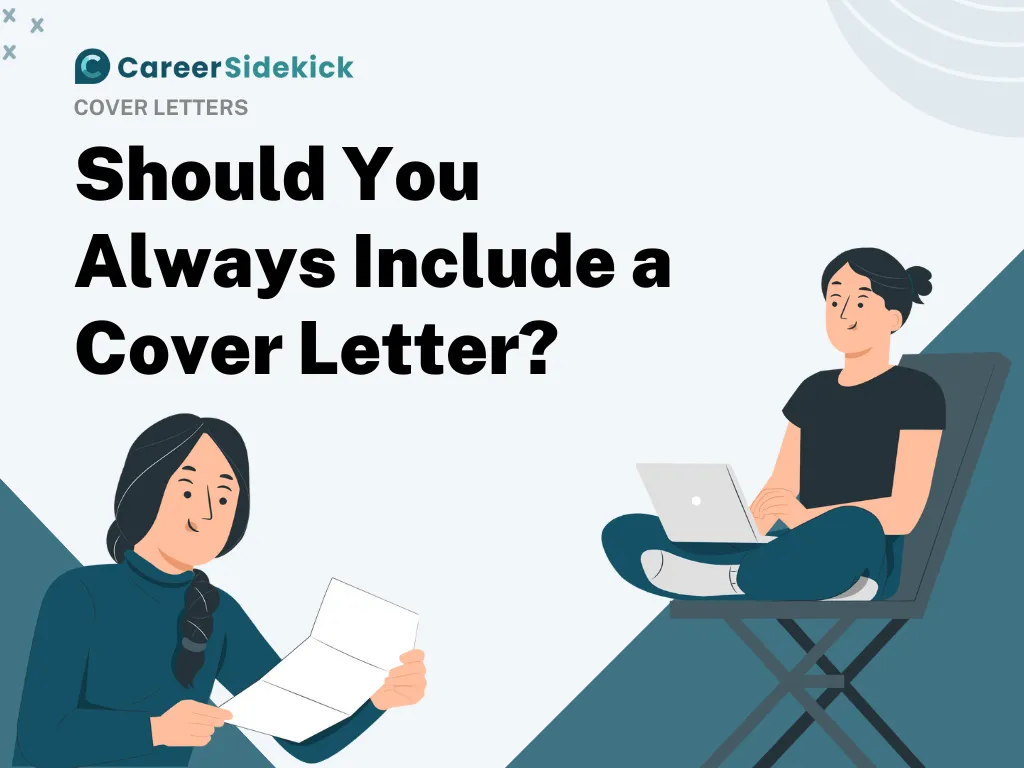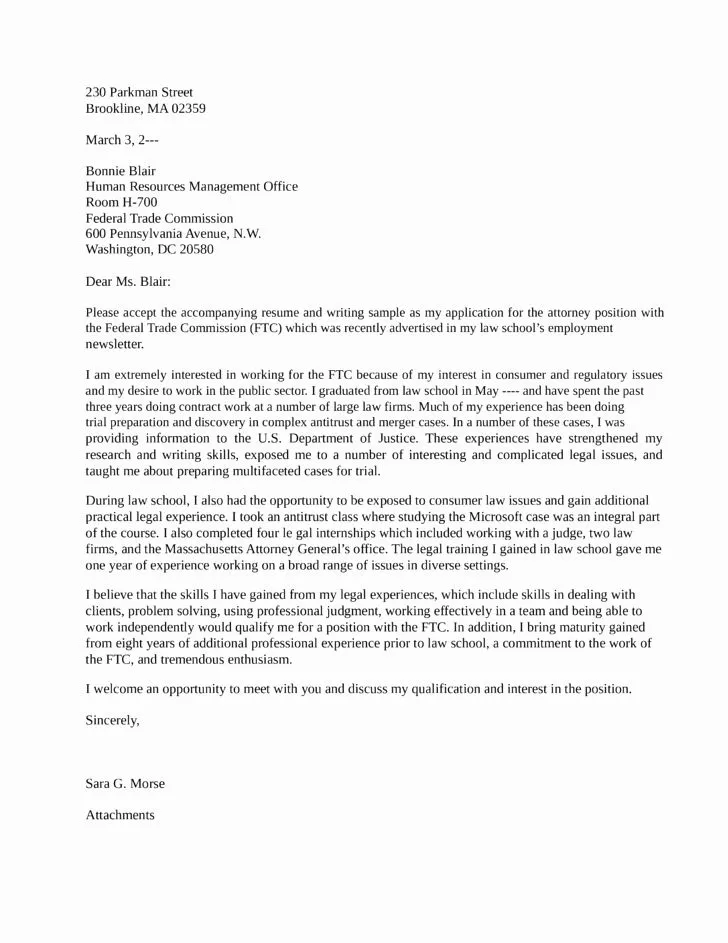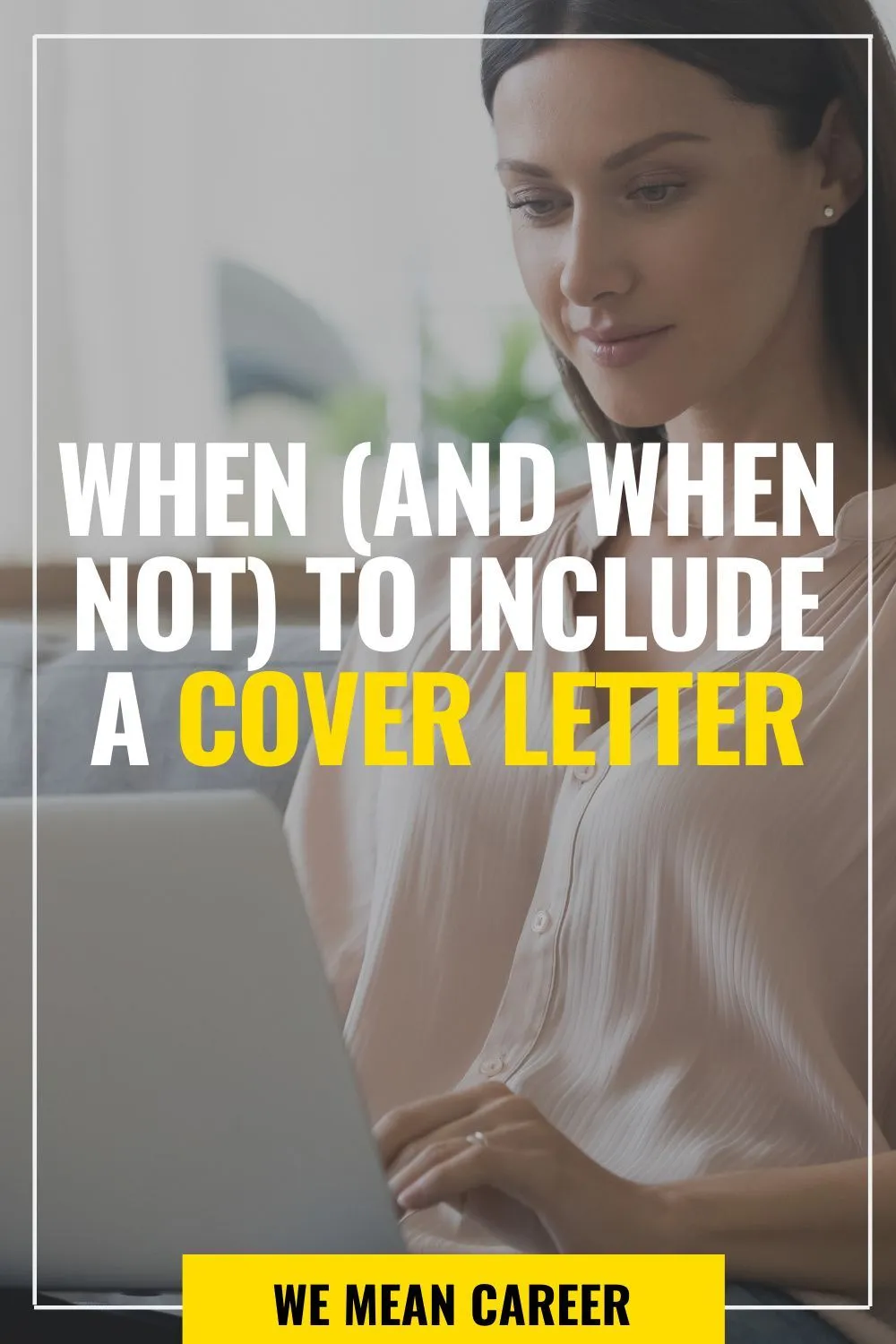Why a Cover Letter Matters
In the competitive world of job applications, a cover letter often serves as your first impression, and its importance should not be underestimated. While a resume provides a concise overview of your qualifications, a cover letter offers an opportunity to provide a more narrative and persuasive introduction of yourself. It allows you to connect your skills and experiences directly to the specific requirements of the job, and to showcase your personality and enthusiasm. A well-crafted cover letter can significantly increase your chances of getting noticed by a hiring manager. A strong cover letter demonstrates that you’ve taken the time to research the company and the role, and that you are genuinely interested in the opportunity. It is a crucial tool that complements your resume and helps you stand out from other applicants.
The Purpose of a Cover Letter
The primary purpose of a cover letter is to introduce yourself and express your interest in a specific job. It’s a chance to explain why you are a good fit for the role and the company, going beyond the simple facts presented in your resume. A cover letter allows you to highlight the skills and experiences that are most relevant to the position, and to demonstrate how you can contribute to the company’s success. It should articulate your career goals and what you are looking for in your next role. A well-written cover letter also showcases your communication skills, which is essential in almost every job. By crafting a compelling cover letter, you can significantly improve your chances of getting an interview and ultimately landing the job.
Highlighting Your Skills and Experiences

When highlighting your skills and experiences, focus on those that directly align with the job description. Go beyond simply listing your qualifications; provide specific examples of how you have used these skills in the past and the results you achieved. Quantify your accomplishments whenever possible to demonstrate your impact. This could include numbers, percentages, or any other measurable data. For example, instead of saying “Managed social media accounts,” you could say, “Increased social media engagement by 30% in six months by implementing a new content strategy.” Also, remember to use keywords from the job description to ensure your cover letter speaks directly to the hiring manager’s needs.
Tailoring Your Cover Letter
A generic cover letter sent to multiple employers is unlikely to impress anyone. Tailoring your cover letter to each specific job application is crucial. This involves researching the company, understanding their values and mission, and identifying the key requirements of the role. Personalize your letter by addressing the hiring manager by name (if possible) and referencing specific aspects of the company or job that resonate with you. Highlight the skills and experiences that are most relevant to the position. By demonstrating that you have taken the time to understand the company and the role, you increase your chances of making a positive impression and standing out from other applicants. Show the hiring manager that you are truly interested in this opportunity, not just any opportunity.
Cover Letter Structure Essentials
Header and Contact Information

Your cover letter should begin with a professional header that includes your contact information. This typically includes your full name, phone number, email address, and optionally, your LinkedIn profile URL. Ensure that your contact information is up-to-date and easy to read. The header should be formatted consistently with your resume to maintain a professional appearance. Some people include the date and the hiring manager’s or company’s address, but the most important information is how the hiring manager can contact you. This section sets the stage for the rest of your letter and ensures the recruiter knows how to reach you. Always make sure your email address sounds professional.
Opening Paragraph
The opening paragraph is your opportunity to grab the reader’s attention and make a strong first impression. Clearly state the position you are applying for and how you learned about the opportunity. Briefly mention something that sparked your interest in the company or the role. Consider starting with a brief anecdote or a compelling statement that demonstrates your understanding of the company or industry. Keep it concise and engaging to encourage the reader to continue reading. Your goal is to immediately capture the hiring manager’s interest and make them want to learn more about you.
Body Paragraphs
The body paragraphs are where you provide the details that support your application. Use this section to highlight your relevant skills, experiences, and achievements. Tailor these points to the job description and explain how your qualifications align with the company’s needs. Provide specific examples and use action verbs to describe your accomplishments. Structure your paragraphs logically, focusing on clarity and conciseness. Each paragraph should address a specific aspect of your qualifications and contribute to a cohesive narrative about your suitability for the role. Show, don’t just tell; demonstrate your capabilities with tangible examples.
Closing Paragraph

Your closing paragraph should reiterate your interest in the position and express your enthusiasm for the opportunity. Thank the hiring manager for their time and consideration. Reiterate your contact information and include a call to action, such as “I look forward to hearing from you” or “I am eager to discuss how I can contribute to your team.” Ensure a professional and confident tone, leaving the reader with a positive final impression. Always proofread the closing to ensure there are no errors or typos.
Key Elements of a Successful Cover Letter
Showcasing Your Personality
While maintaining professionalism, let your personality shine through in your cover letter. This will make you more memorable and help the hiring manager understand who you are as a person, not just a list of accomplishments. Inject your passion for the industry or the role, which can make you appear more enthusiastic and motivated. Share a brief personal anecdote that relates to your skills or experiences, or highlight the skills that will benefit the company. Avoid sounding generic. By demonstrating your unique personality, you increase your chances of creating a lasting impression. Remember that your cover letter is your opportunity to be a bit more creative than your resume.
Using Action Verbs

Action verbs are essential for creating a dynamic and engaging cover letter. Start your sentences with powerful action verbs to describe your accomplishments and responsibilities. Examples include “managed,” “developed,” “implemented,” “achieved,” and “led.” Using action verbs helps you demonstrate what you did, rather than simply stating your job title. It also makes your cover letter more concise and impactful. This helps paint a clearer picture for the recruiter of your skills and what you can bring to the table. For example, instead of saying “Responsible for customer service,” try “Resolved customer issues effectively, increasing customer satisfaction by 15%.”
Proofreading and Editing
Proofreading and editing are crucial steps in ensuring your cover letter is polished and professional. Errors in grammar, spelling, or punctuation can damage your credibility and make you seem less attentive to detail. Always proofread your cover letter multiple times and consider asking a friend or colleague to review it as well. Pay close attention to sentence structure, clarity, and overall flow. A well-proofread cover letter demonstrates your professionalism and attention to detail, which are highly valued qualities by employers. Take the time to thoroughly review your cover letter for any mistakes before you submit your application, as they can immediately put off the hiring manager.
Examples of Great Cover Letters
Studying examples of successful cover letters can provide valuable insights and inspiration. Look for examples that are relevant to the type of job you are applying for and the industry. Analyze the structure, tone, and content of these letters. Note how the candidates highlight their skills, experiences, and achievements. Consider how they tailored their letters to the specific job descriptions and company requirements. Use these examples as a guide, but always personalize your cover letter to reflect your unique qualifications and personality. You can find many examples online and within career services resources. By studying these, you can understand how to craft a compelling and effective cover letter.
Common Cover Letter Mistakes

Not Tailoring Your Letter
One of the most common cover letter mistakes is failing to tailor your letter to the specific job and company. Sending a generic cover letter demonstrates a lack of interest and effort, making it unlikely that you will get noticed. Research the company and the role, and highlight the skills and experiences that are most relevant to the position. Customize your letter to reflect what is important to that specific role and company, and make sure that you show you understand what they’re looking for. Show that you are genuinely interested in the opportunity and that you have taken the time to understand their needs.
Using Generic Language
Avoid using generic or vague language that could apply to any job. Instead of using clichés, provide specific examples and quantify your accomplishments. Avoid phrases like “hard worker” or “team player” without providing evidence to support these claims. Focus on concrete achievements and use action verbs to showcase your skills and experiences. The more specific you are, the more impactful your cover letter will be. Use language that is professional, yet allows your personality to come through. Being more specific will make you stand out from other candidates.
Ignoring the Job Description
Failing to address the requirements listed in the job description is a significant mistake. Hiring managers often create job descriptions to communicate their specific needs and expectations. Carefully review the job description and highlight the skills and experiences that align with those requirements. Use keywords from the job description throughout your cover letter to show that you understand the role and that you possess the necessary qualifications. This demonstrates that you have taken the time to understand their needs, which increases your chances of securing an interview.
